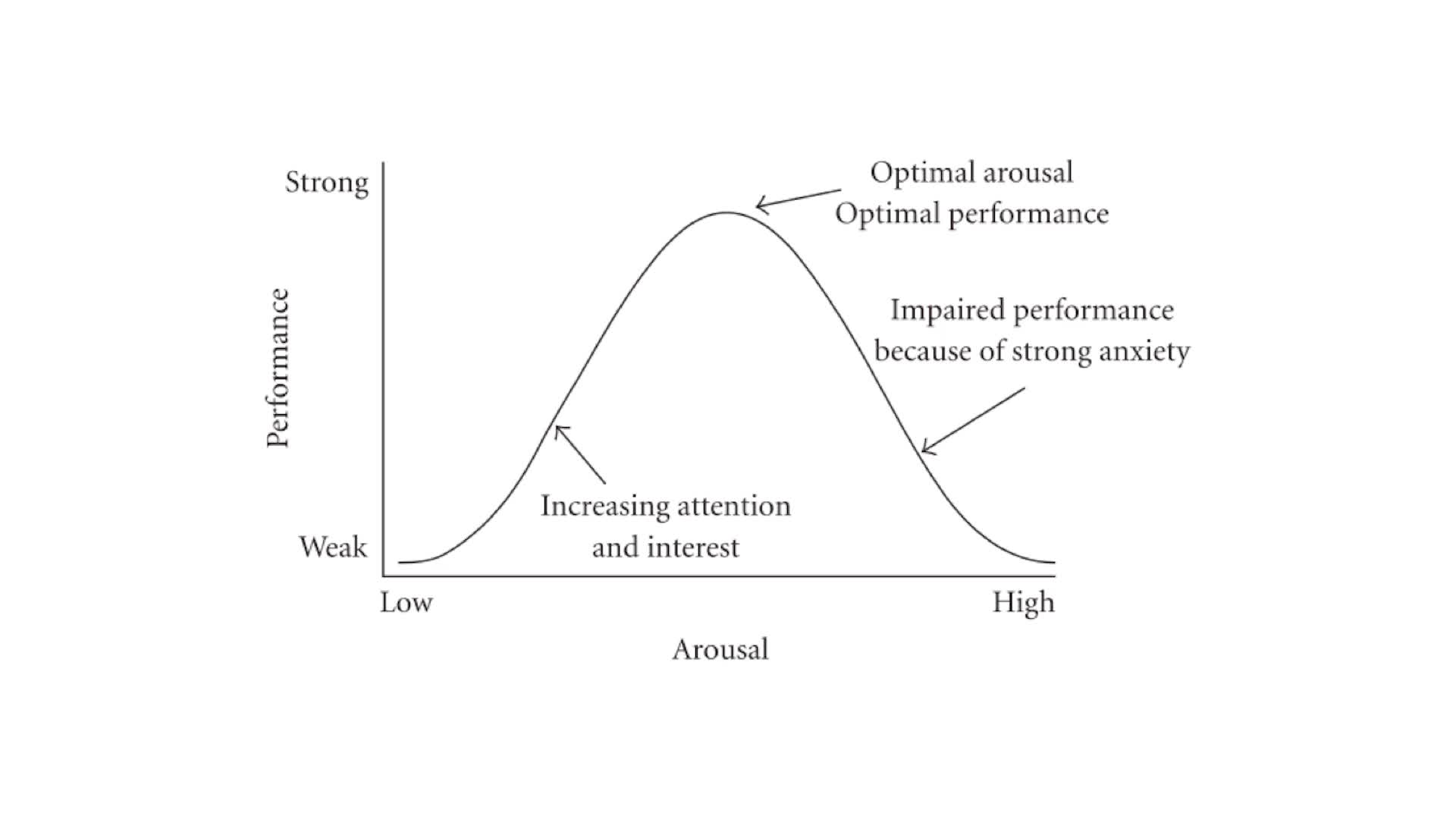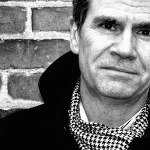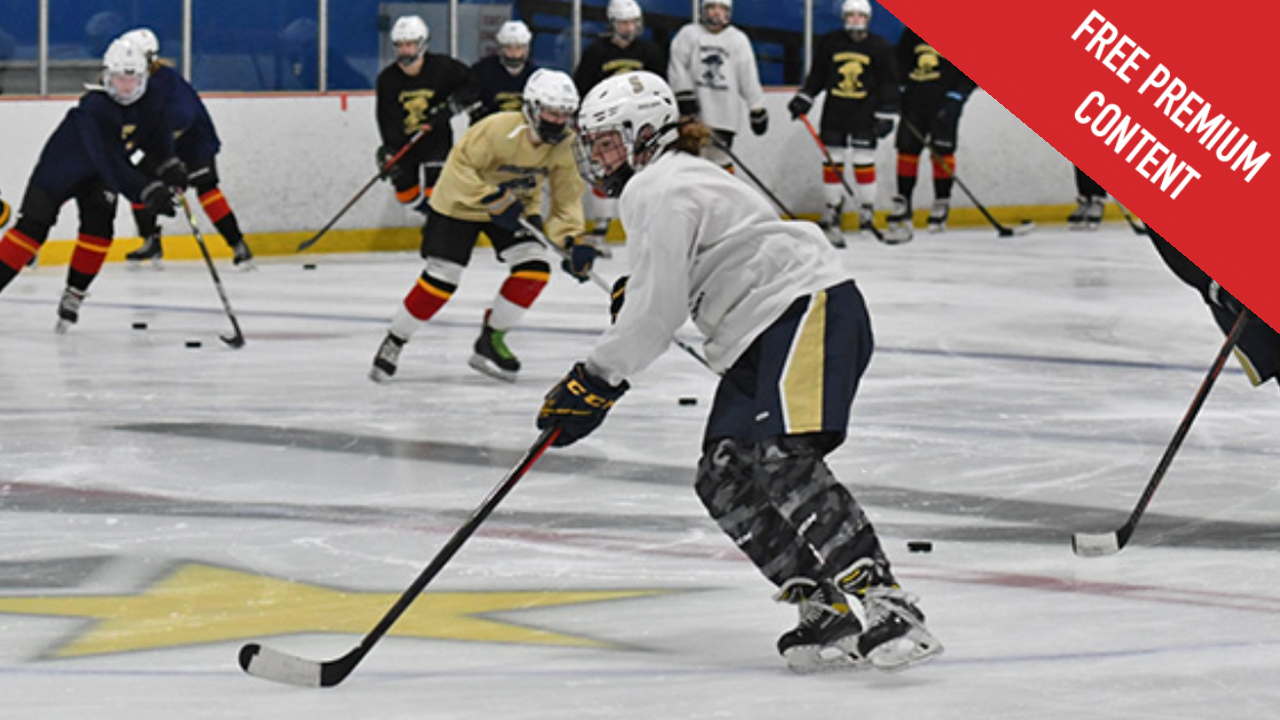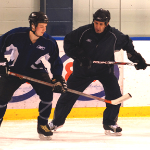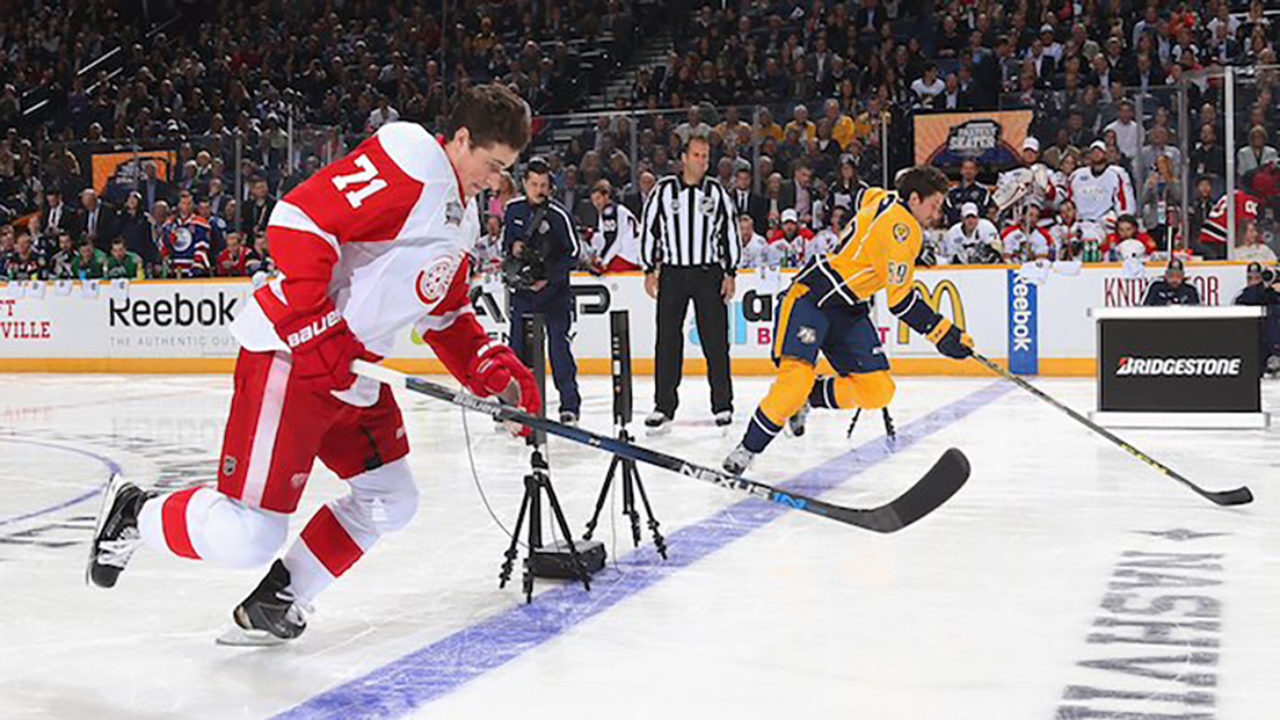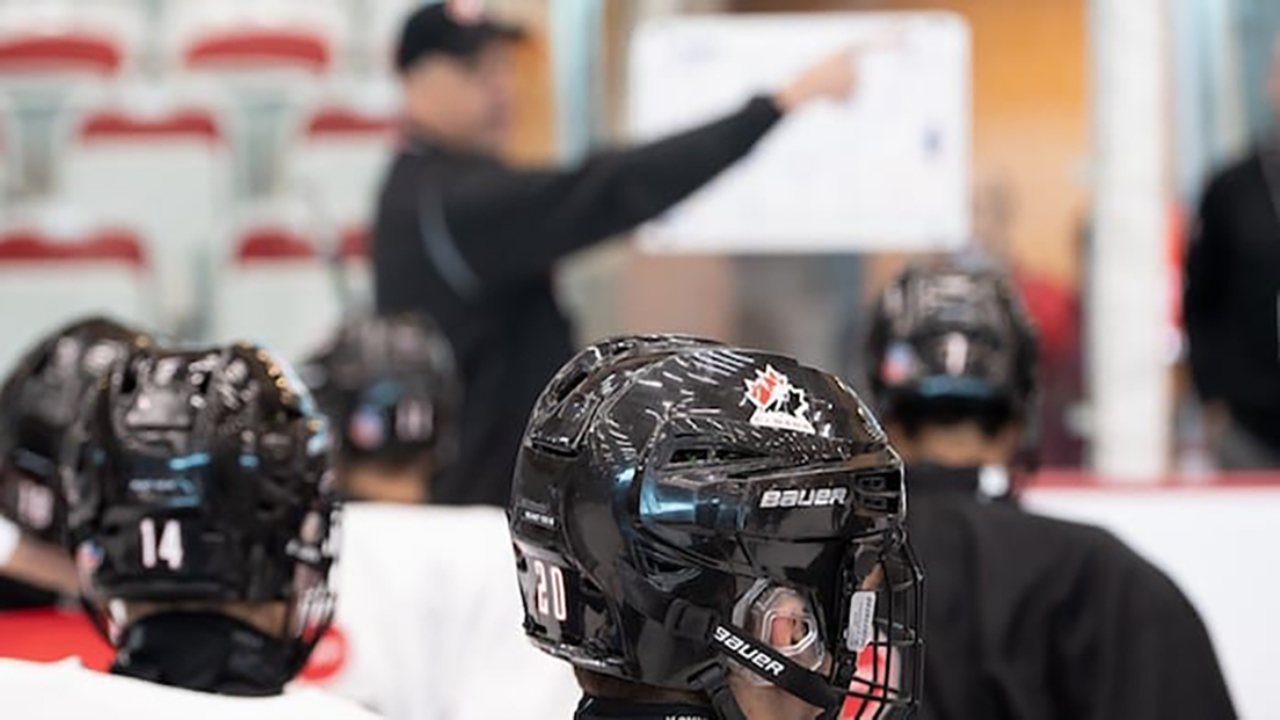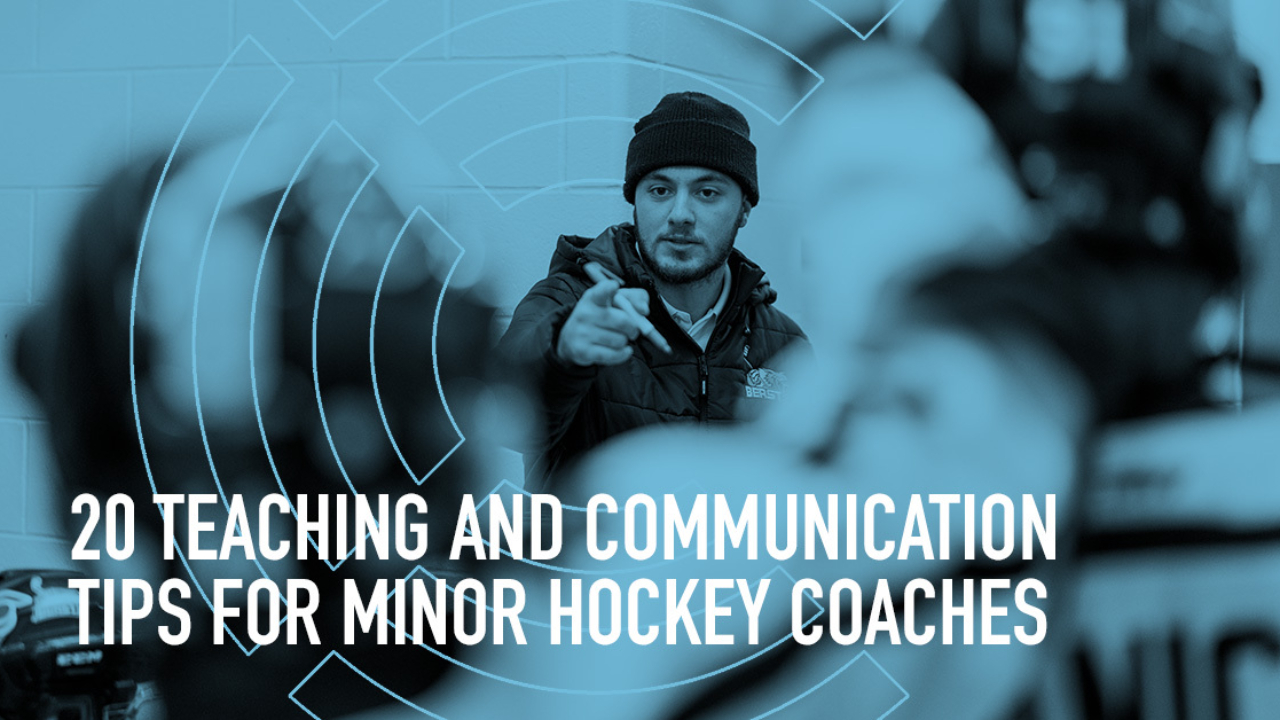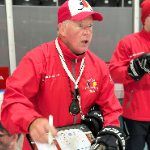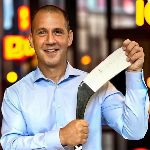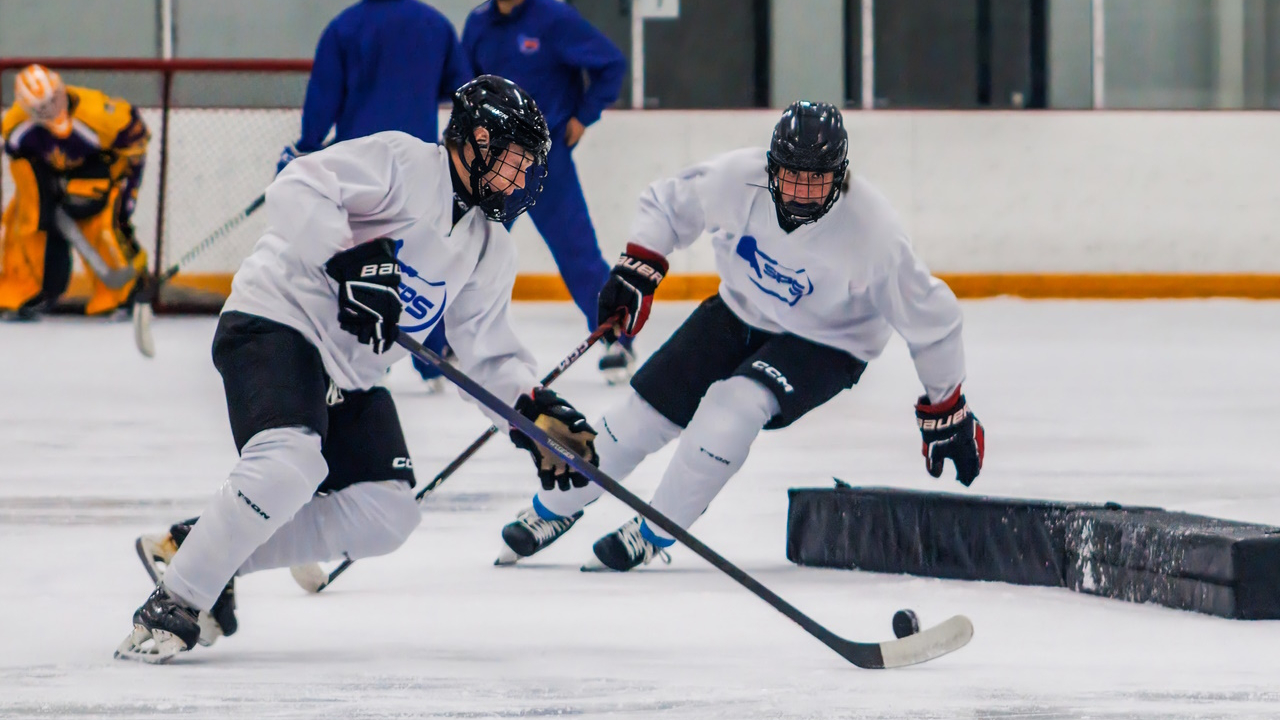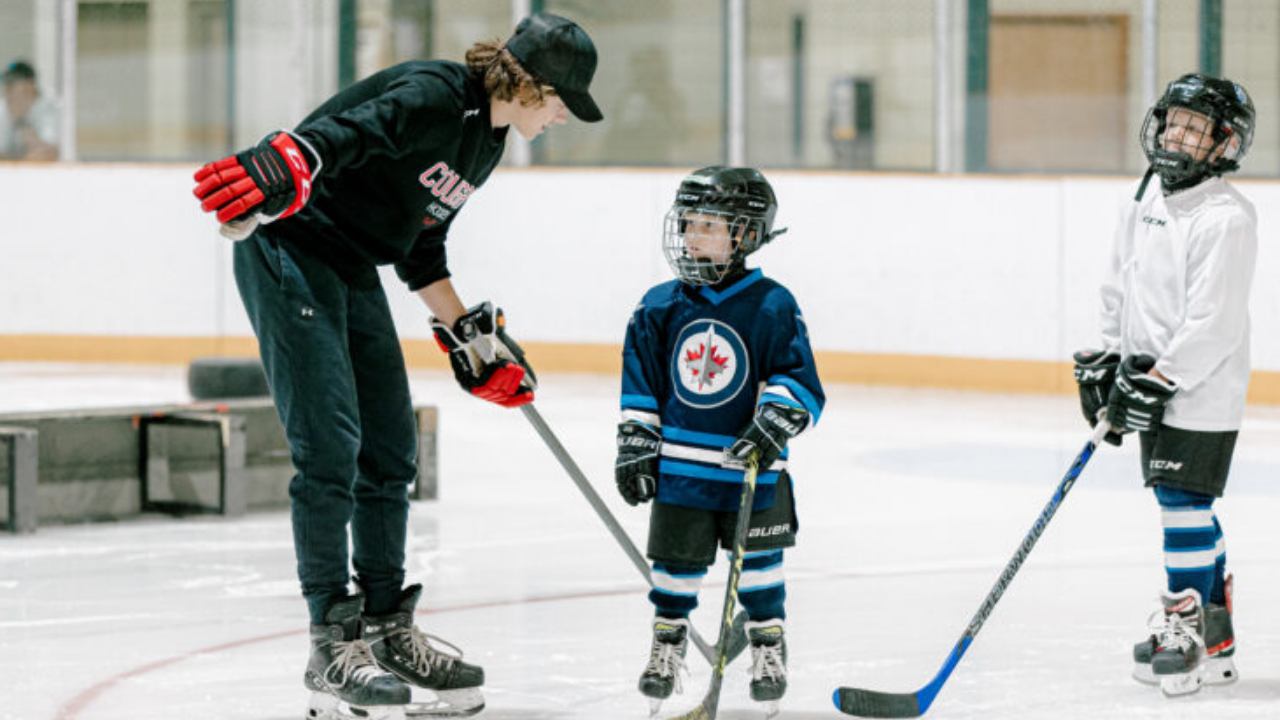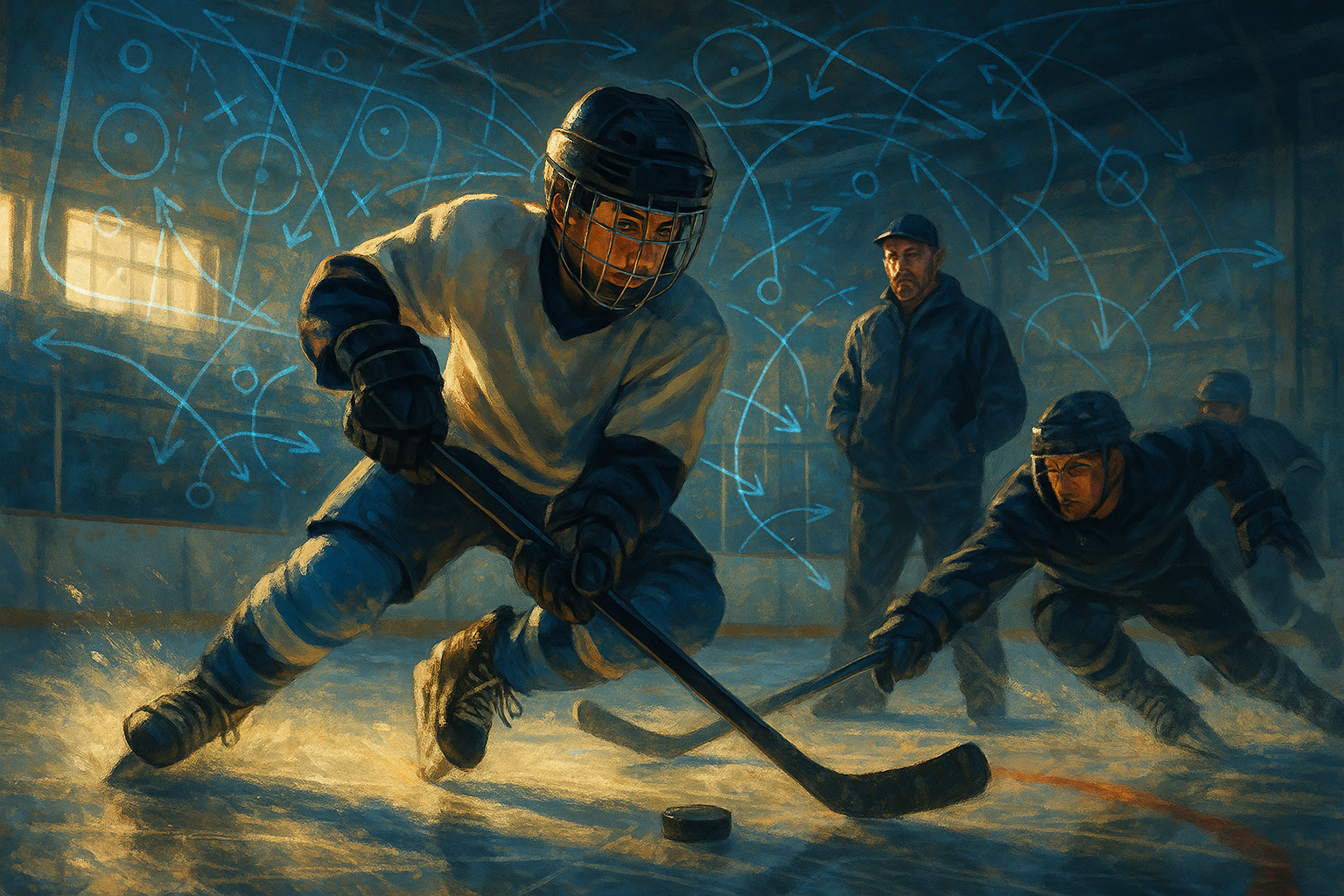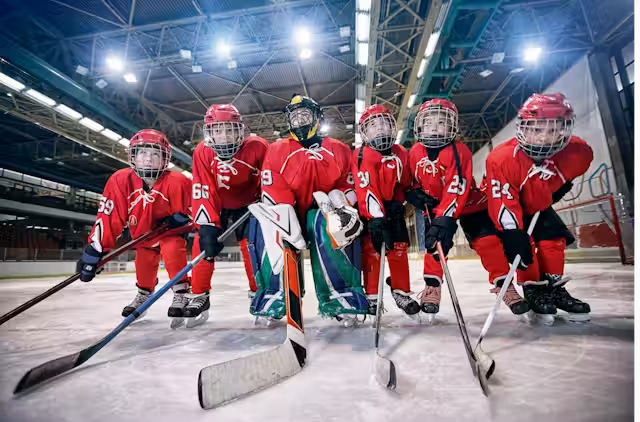
Part 1: The Ice Talks – Letting the Environment Coach
Part 1 of 3 in “Designing for Discovery: Feedback Loops
in Ecological Coaching” Series
By Coach Barry Jones. IIHF Level 3. USA Hockey Level 3.
If you listen closely… the game is already speaking.
It’s in the rebound that never came.
The turnover after a lazy zone entry.
The hesitation before a shot was because there was no clear affordance to act.
That’s feedback.
And sometimes, the best thing a coach can do… is shut up and let it happen.
The Environment Is Talking, Are We Getting in the Way?
In ecological dynamics, we talk a lot about the interaction between the “athlete, the task, and the environment”. But too often, feedback becomes a fourth wheel, an external add-on delivered “after” the fact, usually by us coaches, and often when the player is already processing something else.
But what if the best feedback doesn’t come from us at all?
What if it’s already happening “during” the rep?
Think about it:
· A missed pass in a 3v2 SAG (small area game) isn’t a failure; it’s “real-time feedback” on perception-action coupling.
· Losing body position in front of the net is “environmental feedback” on spatial awareness.
· A goalie adjusting their angle after getting beaten short side. “That’s adaptation”, not instruction.
We don’t need to explain every mistake. The game already did.
Coaching Without Talking (Too Much)
This isn’t about “not” coaching. It’s about recognising when the “game is doing the teaching” better than we ever could.
For me, this became obvious when working with para-athletes, where sensory feedback loops were different, and in some cases, heightened. We ran a SAG that started with a puck dump behind the net. I didn’t say a word. Players adapted instantly. One athlete, who rarely spoke, repositioned before the puck even wrapped the wall.
Why? Because “the environment gave the cue”.
They didn’t need my voice.
They needed the information, and the game gave it.
Letting Chaos Teach
When I coach juniors, I lean into chaos.
We run what I call “messy reps, SAGs with variables that shift constantly: bump-ins, second pucks, positionless starts. It looks like a disaster from the outside.
But you watch a player figure out how to track a trailer or recover from a blown coverage without a word from me?
“That’s coaching.”
The environment was the teacher. My role? Design it, then step back.
Peer Feedback Is Still Environmental
Here’s where it gets even more powerful: players themselves become part of the feedback loop.
In women’s high-performance training, I’ve used “buddy shifts”, where line-mates give each other 5-second feedback between reps. No blame. No correction. Just quick observations like “held too long” or “great release.” The language was clean, the impact massive.
Suddenly, I had a bench full of mini coaches.
And more importantly, “athletes who could process feedback in real time” from peers, not just authority.
Redefining Feedback: It's Everywhere
So, let’s reframe feedback:
· It’s “not” just a correction.
· It’s “not” always verbal.
· It’s “not” post-task.
Sometimes it’s the puck bouncing off a stick.
Sometimes it’s a player collapsing because they misread support.
Sometimes it’s “silence, and that’s okay.
Our job as coaches isn't to fill every second with noise. It's to design environments where “the athlete can learn without us”.
Because in hockey, and life, “the game teaches best when we let it.”
Coach’s Drill to Try: “No Whistle Reps”
“Set-Up:”
Run a SAG with one goal: zero coach interruptions. Design the game so that failure and success give their feedback.
“Coach Cue:”
Only speak between rounds, and ask players, “What did you learn from that?”
Not” What went wrong?”
“Watch for:”
How players adapt, communicate, and begin coaching each other.
“Next in the Series:”
Part 2: “Did It Work? Task-Based Feedback and Success Framing”
How to use feedback not to fix mistakes, but to highlight what “worked”.

